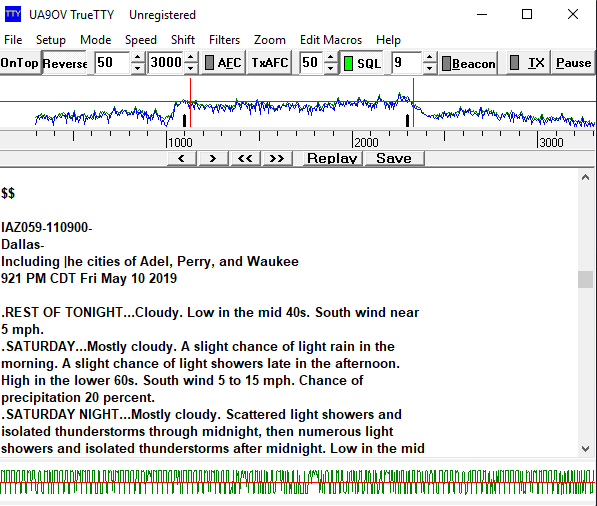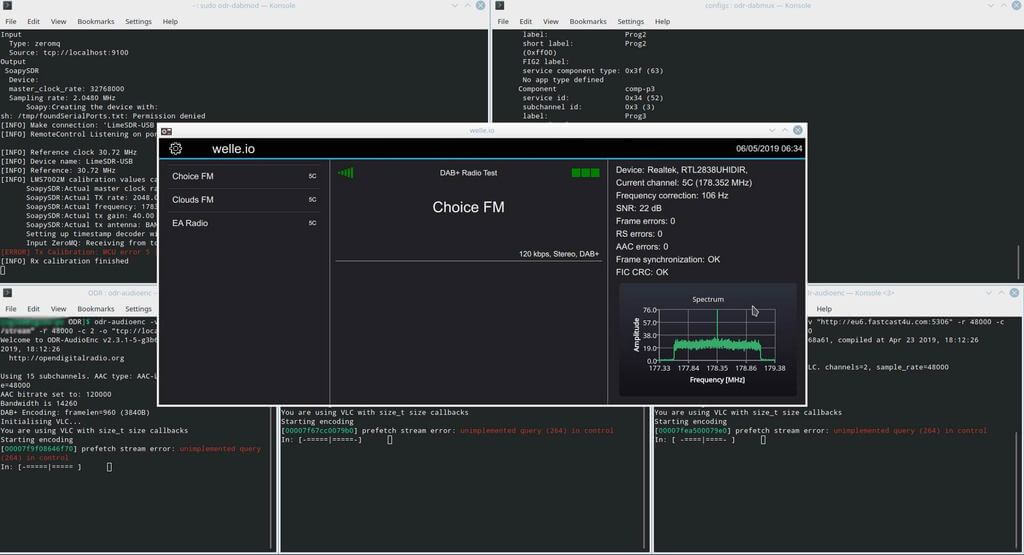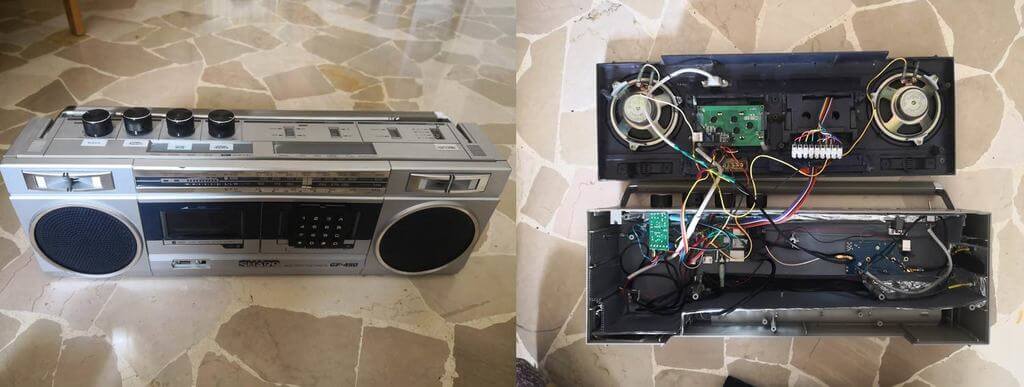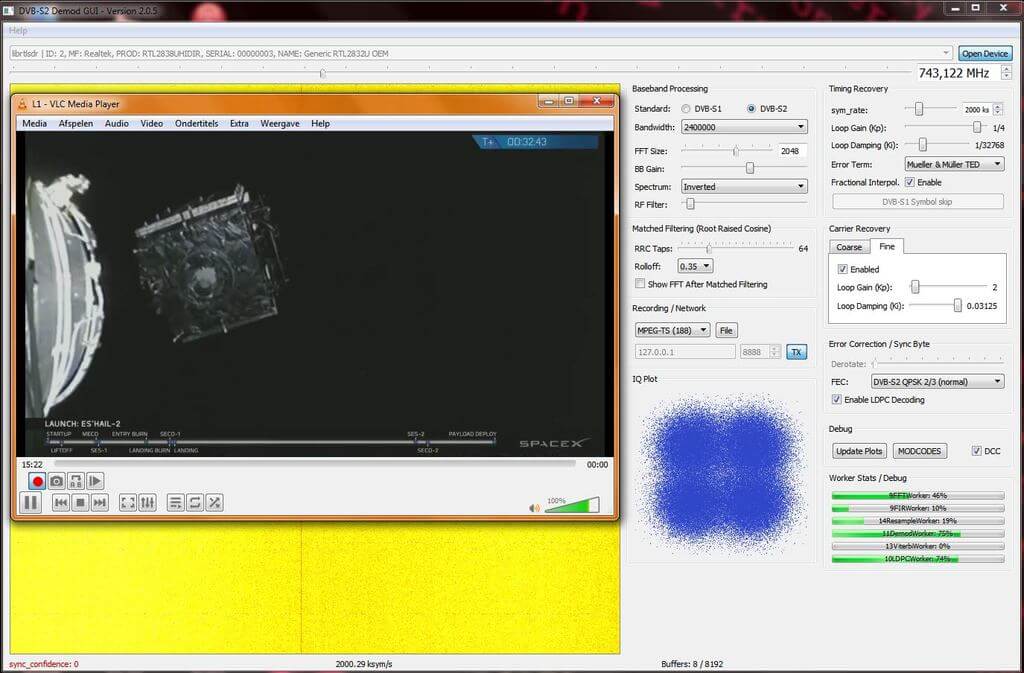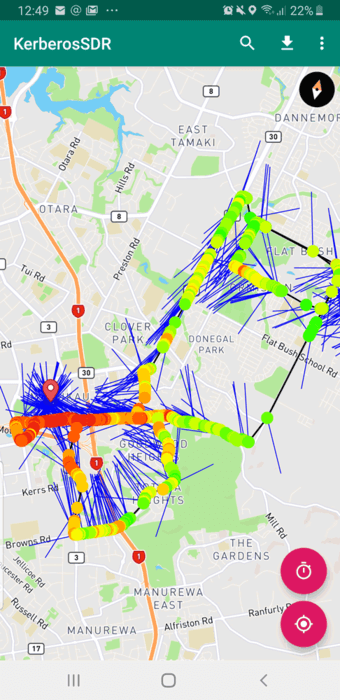 Over on our YouTube channel we've uploaded a short video that gives a tutorial and demo of the KerberosSDR being used as an RF direction finding system in a car. If you weren't aware, KerberosSDR is our recently released 4x Coherent RTL-SDR which can be used for tasks such as direction finding and passive radar. KerberosSDR was successfully crowdfunded over on Indiegogo, and we have recently completed shipments to all backers. Currently we are taking discounted pre-orders for a second production batch on Indiegogo.
Over on our YouTube channel we've uploaded a short video that gives a tutorial and demo of the KerberosSDR being used as an RF direction finding system in a car. If you weren't aware, KerberosSDR is our recently released 4x Coherent RTL-SDR which can be used for tasks such as direction finding and passive radar. KerberosSDR was successfully crowdfunded over on Indiegogo, and we have recently completed shipments to all backers. Currently we are taking discounted pre-orders for a second production batch on Indiegogo.
In the video we use a Raspberry Pi 3 B+ running the KerberosSDR image as the computing hardware. The Pi 3 is connected to a high capacity battery pack. It is important to use a high quality battery pack that can output 3A continuously as this is required for the Raspberry Pi 3 B+ to run without throttling. The battery pack we used has multiple outputs so we also power the KerberosSDR with it.
Once powered up we connect to the KerberosPi WiFi hotspot, and then browse to the web interface page. We then tune the KerberosSDR to a TETRA signal at 858 MHz, perform sample and phase calibration, set the decimation and FIR filtering, and then enable the direction finding algorithm. At this point we enter the Android app and begin direction finding and logging our data.
After driving for a few minutes we stop and check the logfile and find that the majority of the bearing lines point in one direction. With this info, a drive in the direction of the bearing points to gather more data is performed. Once additional data was gathered we open the log file up again, and see where all the bearing lines cross. Where they cross indicates the location of the 858 MHz transmitter. The heatmap data also gives us a second confirmation that the transmitter is located where we think.
NOTE: Some of the features shown in the video like the heatmap, confidence settings and plot length settings are not yet released in the current version of the app. They will be released next week.
Full instruction on using the KerberosSDR are available at rtl-sdr.com/ksdr.
